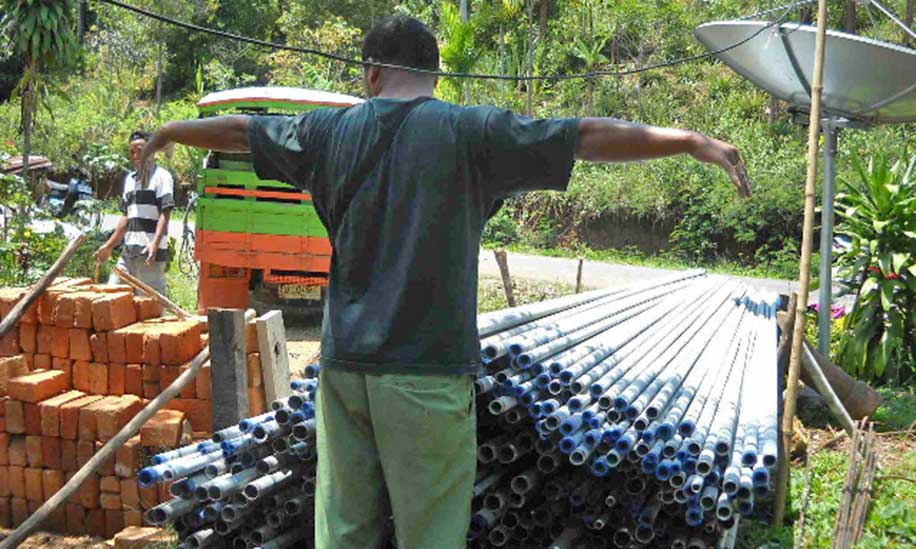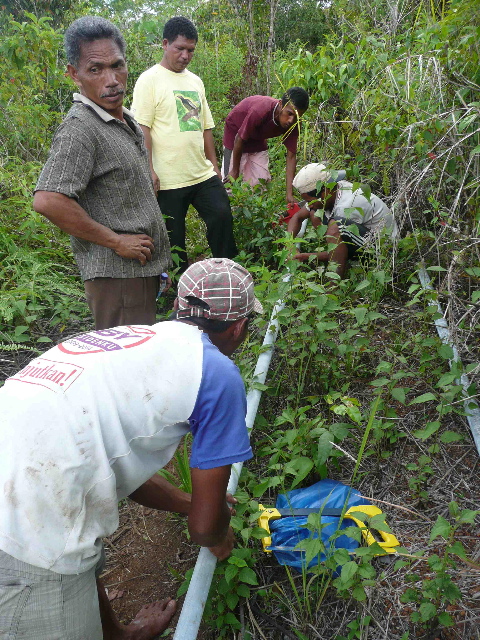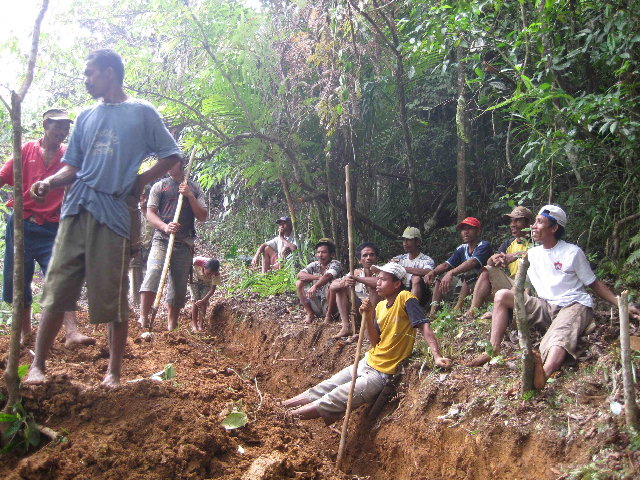Cunca Lolos Village was established in 2001 as a farming settlement and has a population of just 152 people. It is one of 27 villages located around the 63,738-acre Mbeliling Forest. A fresh water project for the village was completed in 2006, but unfortunately the water was sulfuric and not suitable for drinking. Pipes from the old project are intact, and people still use the water for irrigation, and to wash their hands and feet after working in the fields.
Villagers must hand-carry water for cooking and drinking from a river more than a half mile away from the village. Each round trip takes about 45 minutes by foot and requires crossing the busy Trans-Flores highway. This poses a considerable risk to the children who collect water for their families.
Since 2007, the villagers have played a major role in monitoring the condition of the forest and in planting trees around the water spring. Birdlife Indonesia is drafting an agreement, with the involvement of all 27 villages around the Mbeliling Forest, that will set out the rules of the protected forest.
In support of the village’s role in protecting 12,355 acres of forest as a strict no-take zone for 10 years, Seacology will fund a village fresh water system. The villagers have identified an abundant and clean spring just over a mile from the village within Mbeliling Forest.





